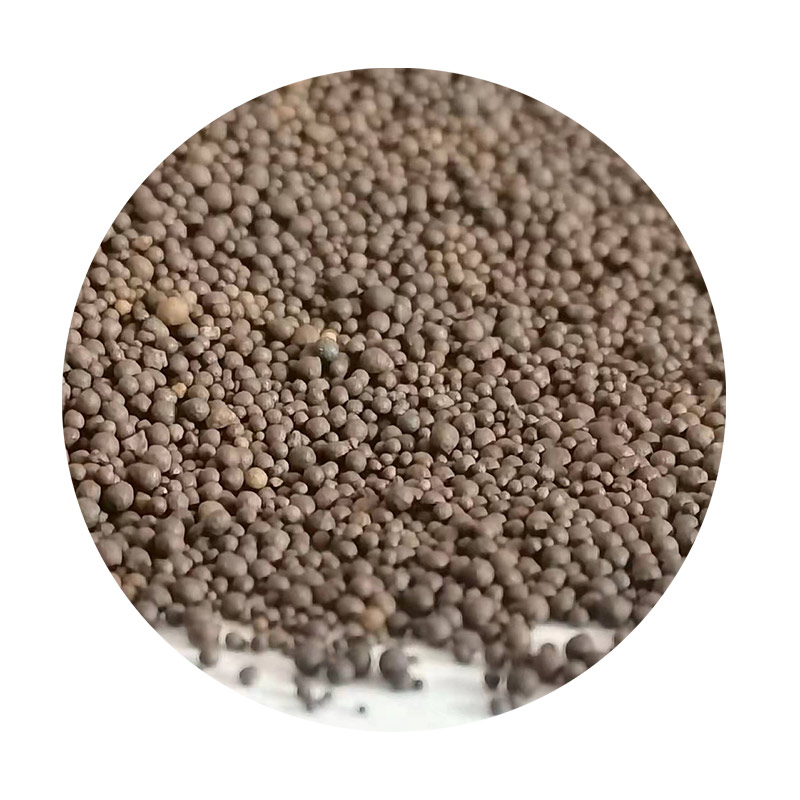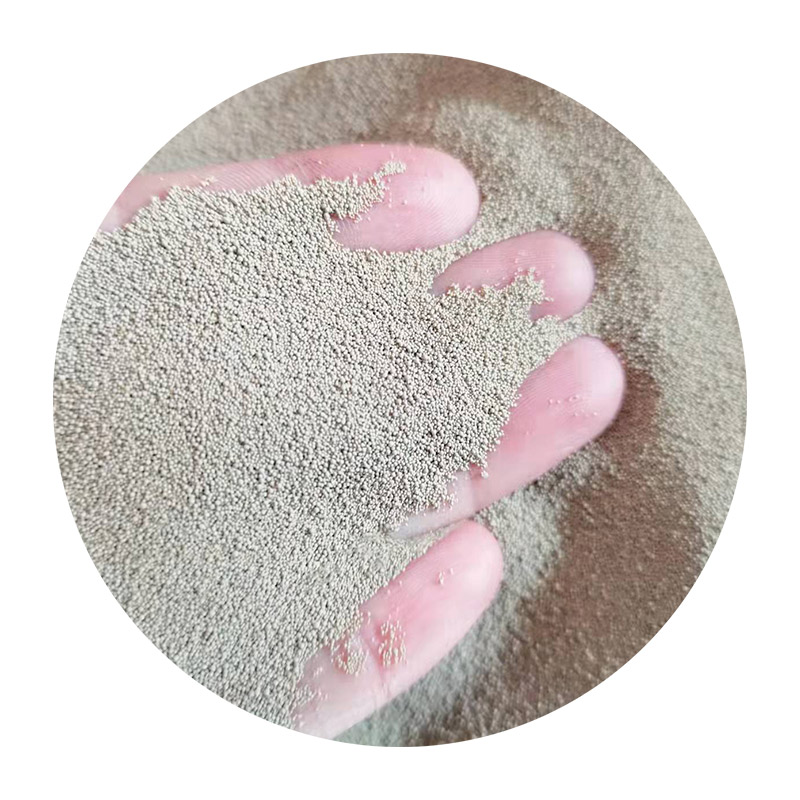

Innovation in the formulation of the resin has led to the development of various resin-coated sand grades, each tailored to specific applications. The choice of a particular grade affects factors such as the sand's acid resistance, crush resistance, and its capacity to withstand cyclic loading in deep well fracturing. Manufacturers continue to push the envelope by developing more efficient and environmentally friendly coatings, further consolidating their authoritative position in the market. Industry leaders distinguish themselves by their commitment to research and development, enhancing the professional landscape of resin coated silica sand applications. An often overlooked aspect is the environmental and safety considerations involved in the utilization and handling of resin coated silica sand. Ensuring compliance with health and safety guidelines protects both workers and the environment. It requires a high level of diligence to manage potential risks associated with dust generation and exposure, necessitating protective measures and continuous monitoring. Clients place their trust in suppliers who demonstrate a strong track record of responsibility and transparency in these matters. The growing demand for high-performance materials in both the foundry and oil and gas industries underscores the importance of resin coated silica sand. The steady advancements in technology and techniques associated with its production and application make it an essential player in modern industrial practices. Adopting resin coated silica sand can lead to substantial gains in operational efficiency and product excellence. The success stories from industry experts serve as testament to the superior performance and reliability that resin coated silica sand can provide, solidifying its reputation as a product of choice for achieving excellence in demanding industrial environments. Post time:ફેબ્રુવારી . 11, 2025 07:06
Next:resin coated frac sand
